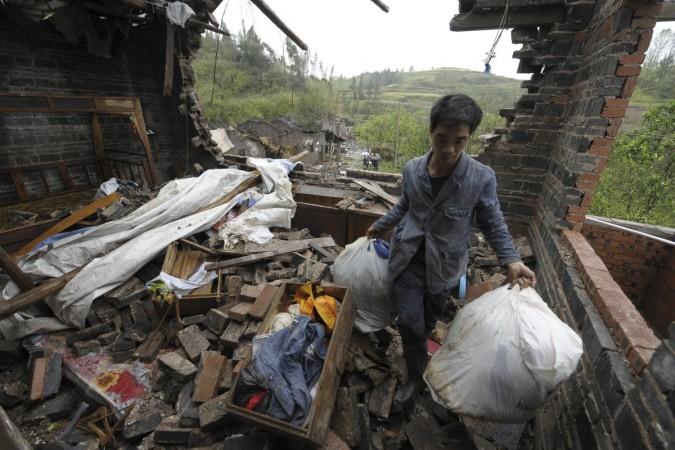
The World Health Organisation (WHO) said Tuesday 12.6 million people die every year due to unhealthy environments, which is nearly one in four overall global deaths.
The WHO said the deaths were due to exposure to various environmental risk factors including air, water and soil pollution, chemical exposures, climate change and ultraviolet radiations.
The agency said there is an urgent need for investment in environment strategies to bring down the number of deaths and reduce the burden of serious ailments like cancers, and respiratory and heart diseases globally.
It said nearly 8.2 million deaths occur globally due to non-communicable diseases (NCDs), which are in turn caused by air pollution. Stroke has emerged as the biggest killer in terms of environment-related deaths, claiming 2.5 million lives annually, followed by heart disease (2.3 million deaths), unintentional injuries (1.7 million deaths) and cancers (1.7 million deaths).
The environmental risks are taking a toll on children and older people. According to the WHO report, the deaths of 1.7 million children (under the age of five) and 4.9 million adults (between the age 50-75) could be prevented by adopting better environment management practices.
Respiratory infections and diarrhoeal diseases are prevalent among children under the age of five, while older people are most affected by NCDs.
"A healthy environment underpins a healthy population. If countries do not take action to make environments where people live and work healthy, millions will continue to become ill and die too young," Margaret Chan , WHO's director-general, said.
The report said 7.3 million deaths occurred due to air pollution in South-East Asia and the Western Pacific regions in 2012.
Deaths from infectious diseases, such as diarrhoea and malaria, according to the WHO, have however declined. The agency said improved infrastructure, including access to safe water and safe sanitation, were key contributors to this trend, besides availability of vaccines and essential medicines.

















